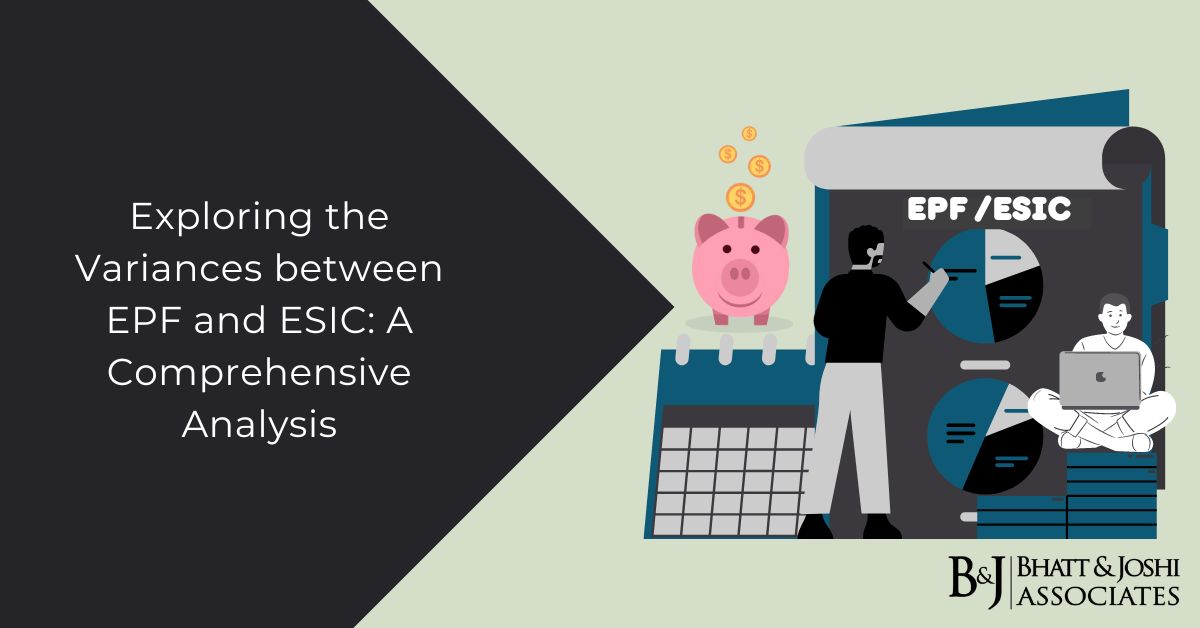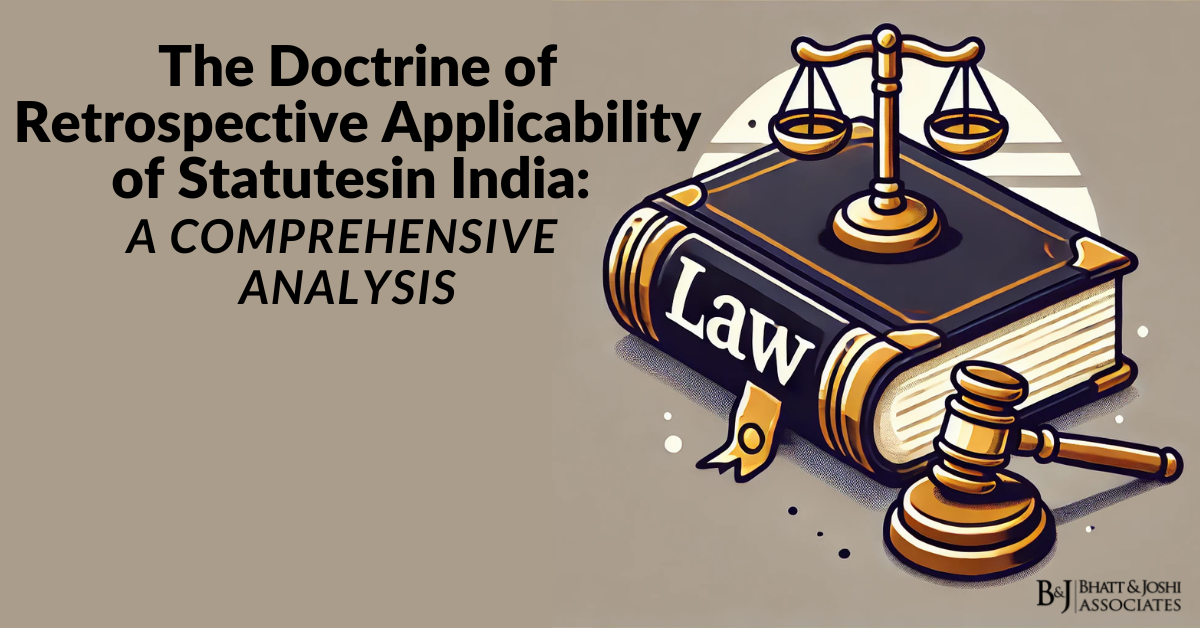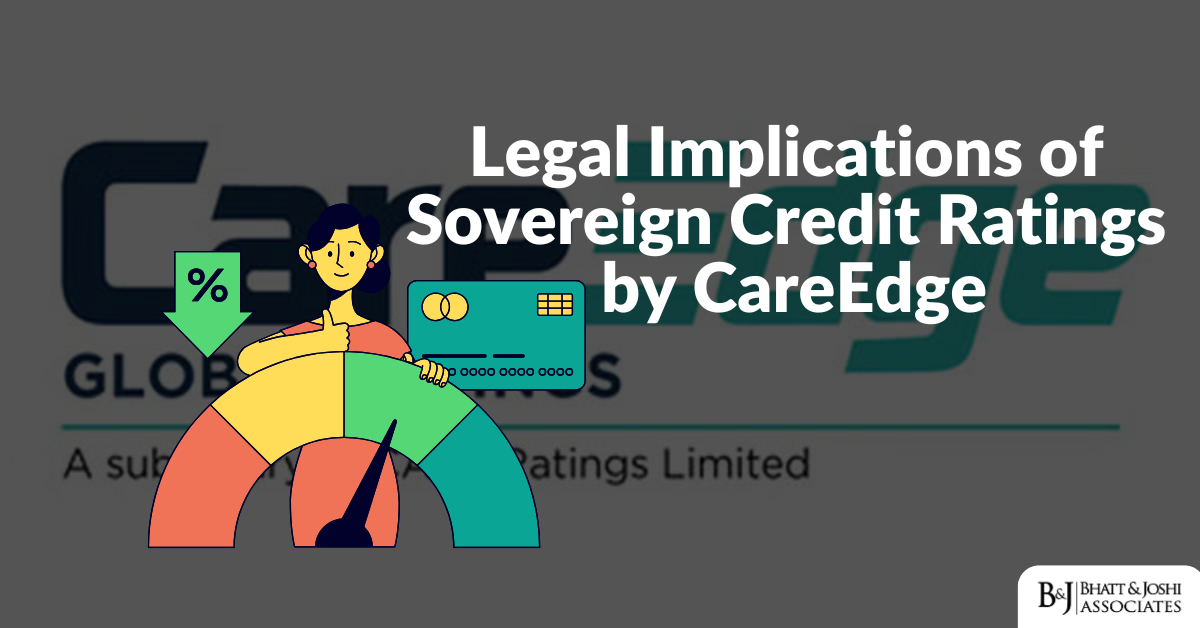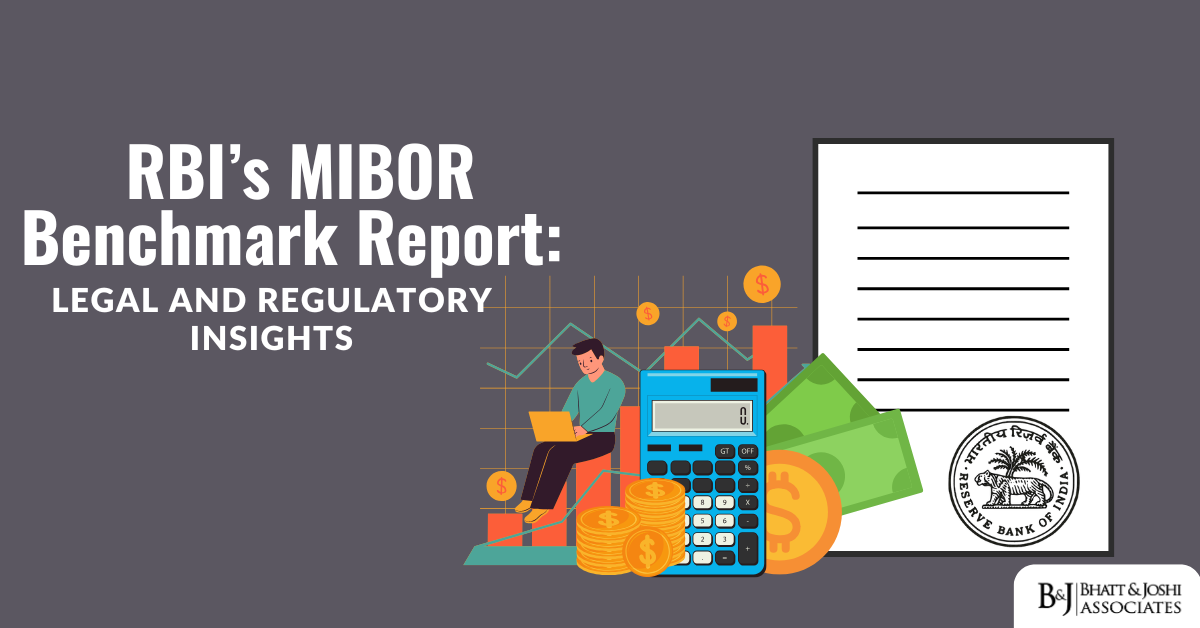Introduction: Understanding EPF and ESIC
In the realm of employee welfare and social security programs in India, two significant pillars stand tall: the Employee Provident Fund (EPF) and the Employee State Insurance Corporation (ESIC). While both schemes aim to safeguard the interests of employees, they operate under distinct frameworks and cater to different aspects of employee well-being. This article delves into the intricacies of EPF and ESIC, unraveling their nuances, qualifications, benefits, and compliance requirements to provide a comprehensive understanding of these vital programs.
EPF: An Overview
The Employee Provident Fund (EPF) stands as a cornerstone of retirement planning for millions of employees across India. Administered by the Employees’ Provident Fund Organization (EPFO), this statutory scheme mandates employers to contribute a predetermined portion of their employees’ salaries to a dedicated provident fund. Simultaneously, employees also make matching contributions to build a corpus that serves as a financial cushion during their retirement years. The EPF return, a statement filed by employers with the EPFO, encapsulates the contributions made by both parties, along with accrued interest, thereby ensuring transparency and accountability in the fund management process.
Qualifications for EPF Registration
One of the key strengths of the EPF scheme lies in its inclusivity, as it extends its benefits to employees across a wide spectrum of organizations, irrespective of their size or nature. Any organization with 20 or more employees falls under the ambit of EPF regulations, necessitating compliance with the statutory provisions. Furthermore, EPF registration mandates the completion of Know Your Customer (KYC) requirements, including the submission of essential documents such as Aadhar, bank details, and PAN, to facilitate seamless fund management and disbursement processes.
Understanding PPF: A Supplement to EPF
While EPF caters primarily to retirement planning, the Public Provident Fund (PPF) complements this objective by offering a long-term savings avenue with attractive tax benefits. Governed by the government and available through designated banks and post offices, PPF accounts serve as an ideal vehicle for individuals seeking to accumulate wealth over the long term while enjoying tax-free returns. The government periodically reviews PPF interest rates, ensuring competitiveness vis-à-vis other fixed-income securities and fostering a conducive environment for long-term financial planning.
ESIC: A Paradigm Shift in Healthcare Provision
In contrast to EPF’s focus on retirement benefits, the Employee State Insurance Corporation (ESIC) emerges as a beacon of hope for employees grappling with healthcare-related exigencies. Administered by the ESIC, this social security program mandates employers to contribute a proportion of their employees’ salaries towards a comprehensive insurance fund. This fund caters to various contingencies such as medical emergencies, disabilities, maternity benefits, and other welfare measures, thereby offering a holistic safety net for employees and their families.
Eligibility Criteria for ESIC Registration
ESIC registration assumes paramount importance for organizations operating across diverse sectors, encompassing retail, hospitality, healthcare, education, and transportation, among others. Mandated for entities employing ten or more individuals, with some states stipulating a threshold of 20 employees, ESIC coverage extends to workers earning up to Rs. 15,000 per month. This inclusive approach ensures that a broad cross-section of the workforce can avail themselves of ESIC benefits, thereby fostering social equity and inclusivity in healthcare provision.
Contrasting EPF and ESIC: Key Differentiators
While EPF and ESIC share the common goal of providing financial security to employees, several differentiating factors delineate their operational modalities and scope of benefits:
EPF:
- Relevance: Mandatory for employees earning above Rs. 15,000 per month.
- Contribution: Both employers and employees make contributions.
- Benefits: Retirement benefits, including withdrawal on retirement, resignation, or demise.
- Contribution Ratio: Employer contributes 12% of the employee’s pay.
- Rate of Interest: Government-set, currently at 8.5% annually.
- Withdrawal: Available upon retirement, resignation, or demise.
- Compliance: Monthly submission of returns and contributions.
ESIC:
- Relevance: Mandatory for employees earning below Rs. 21,000 per month.
- Contribution: Employer contributes solely.
- Benefits: Healthcare, disability, maternity, and other welfare benefits.
- Contribution Ratio: Employer contributes 4.75% of the employee’s pay.
- Rate of Interest: Government-set, presently at 8.15% annually.
- Withdrawal: Accessible during employment tenure.
- Compliance: Biannual submission of returns and contributions.
Navigating the Landscape of Employee Welfare with EPF and ESIC Schemes
In conclusion, EPF and ESIC stand as stalwarts of employee welfare, each catering to distinct facets of financial security and well-being. While EPF ensures a robust framework for retirement planning and wealth accumulation, ESIC provides a comprehensive safety net for healthcare-related exigencies. By understanding the nuances, qualifications, and compliance requirements of both schemes, employers and employees can navigate the intricate landscape of social security programs with confidence and clarity. Ultimately, adherence to applicable laws and regulations, coupled with a commitment to safeguarding employee interests, will pave the way for a more inclusive and equitable workplace ecosystem.














